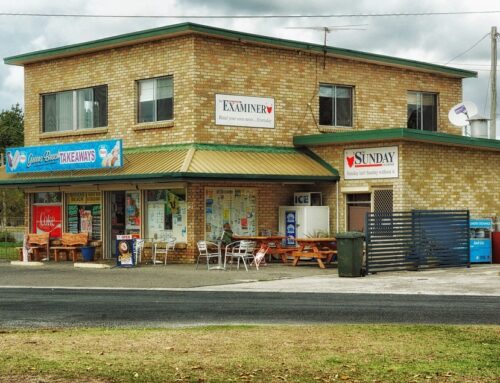SMED stands for Single Minute Exchange of Dies, and is primarily used for reducing changeover time from one product to another in manufacturing.
However, its use is not limited to manufacturing. It can be used in reducing the changeover time in operating rooms and restaurants.
In the video linked at the end of this article, Beth Cudney, Associate Professor at Missouri University of Science & Technology, gives an excellent introduction to the SMED system and how to implement it.
SMED’s aim is to reduce setup times. There are several advantages to this reduction:
- More frequent running of different products
- Reduction in inventory as a result
- Ability to meet customer demands more quickly
Setups can be divided into two categories: internal setup and external setup. Internal setups are setups that are internal to a machine, or to the inside of an operating room. External setups are those that can be done outside of the machine without turning the machine off as is required in an internal setup.
Preparing instruments for the next operation is an example of an external setup while cleaning the operating room is an example of an internal setup.
One major SMED goal is to convert internal setups to external setups. By doing so, the operation of the machine or operating room does not have to be interrupted, substantially reducing changeover time. The strategy then is to convert as much as possible of the internal setup time to external setup time.
There are four key stages to SMED:
- Document current operations
- Separate internal and external setup times
- Convert internal setup times to external setup times.
- Streamline the setup operation
Professor Cudney describes a Set-up Analysis chart and how to use it. You can view Professor Cudney’s video here:







Leave A Comment